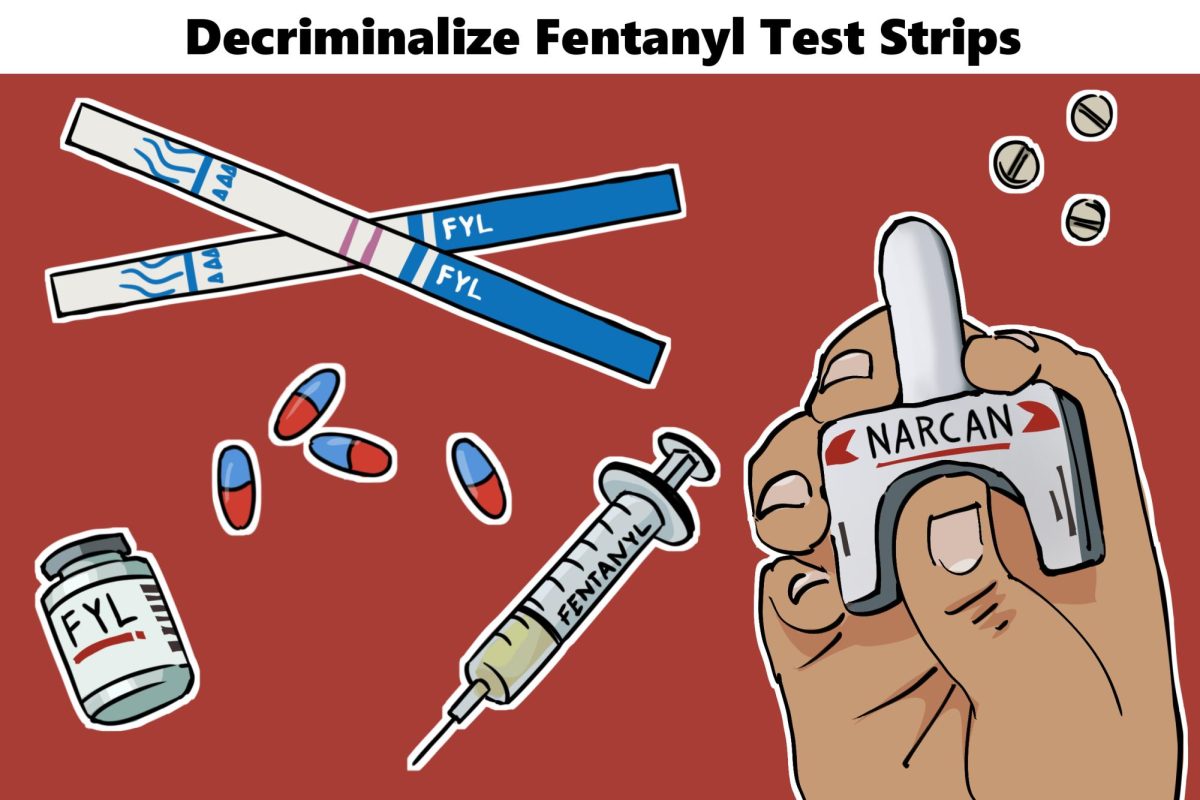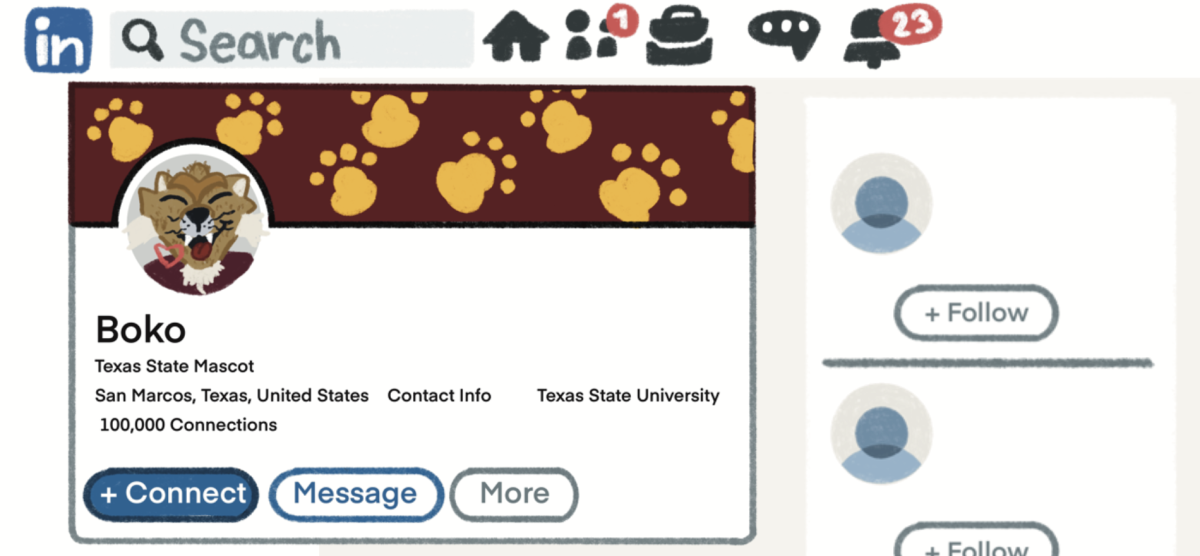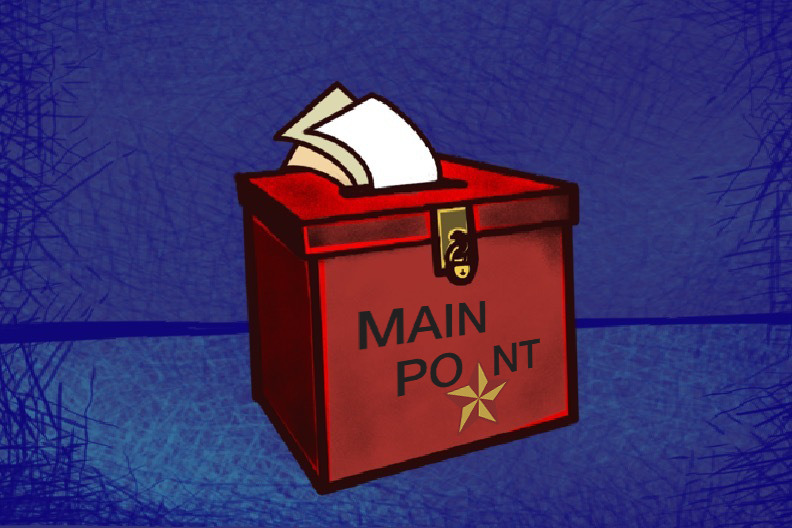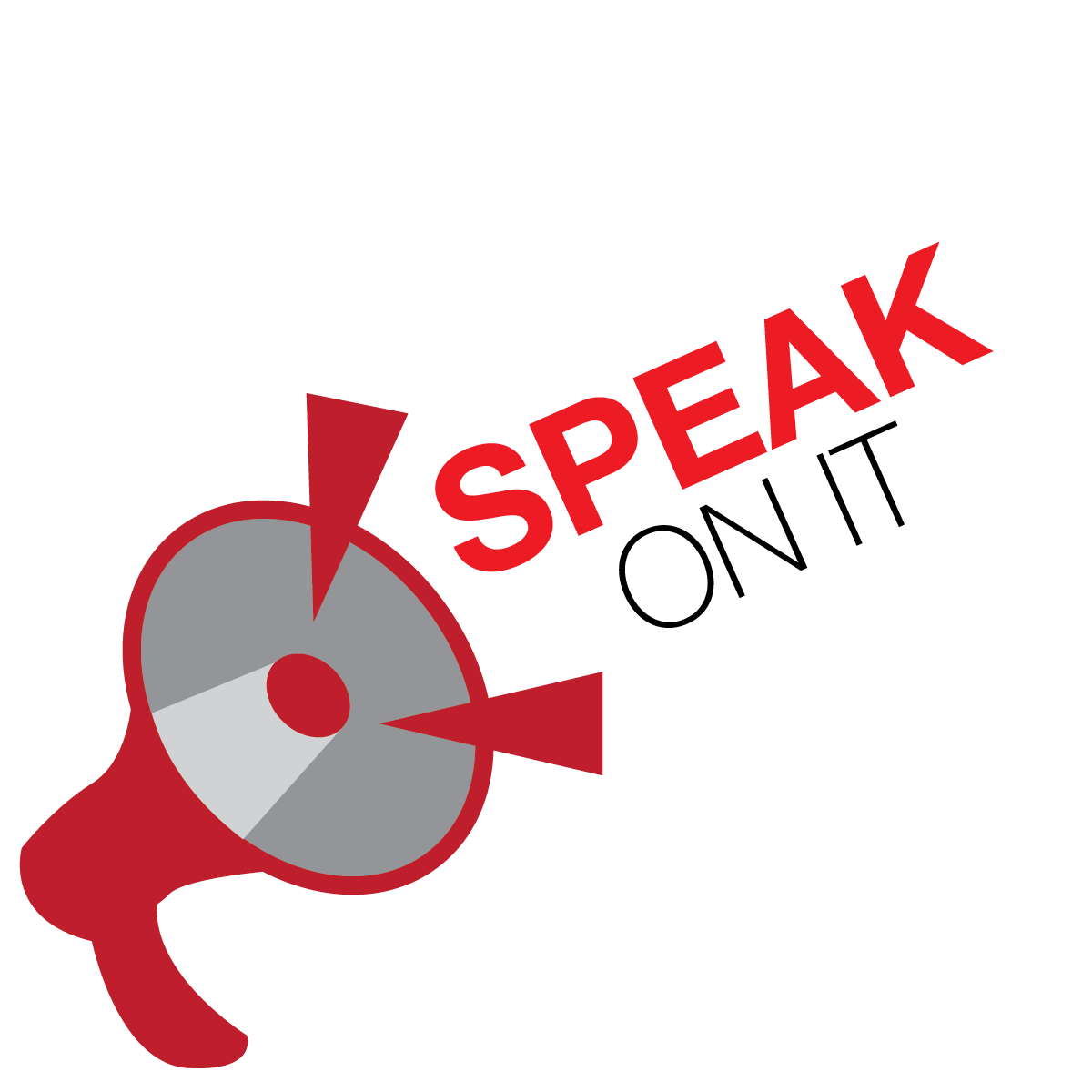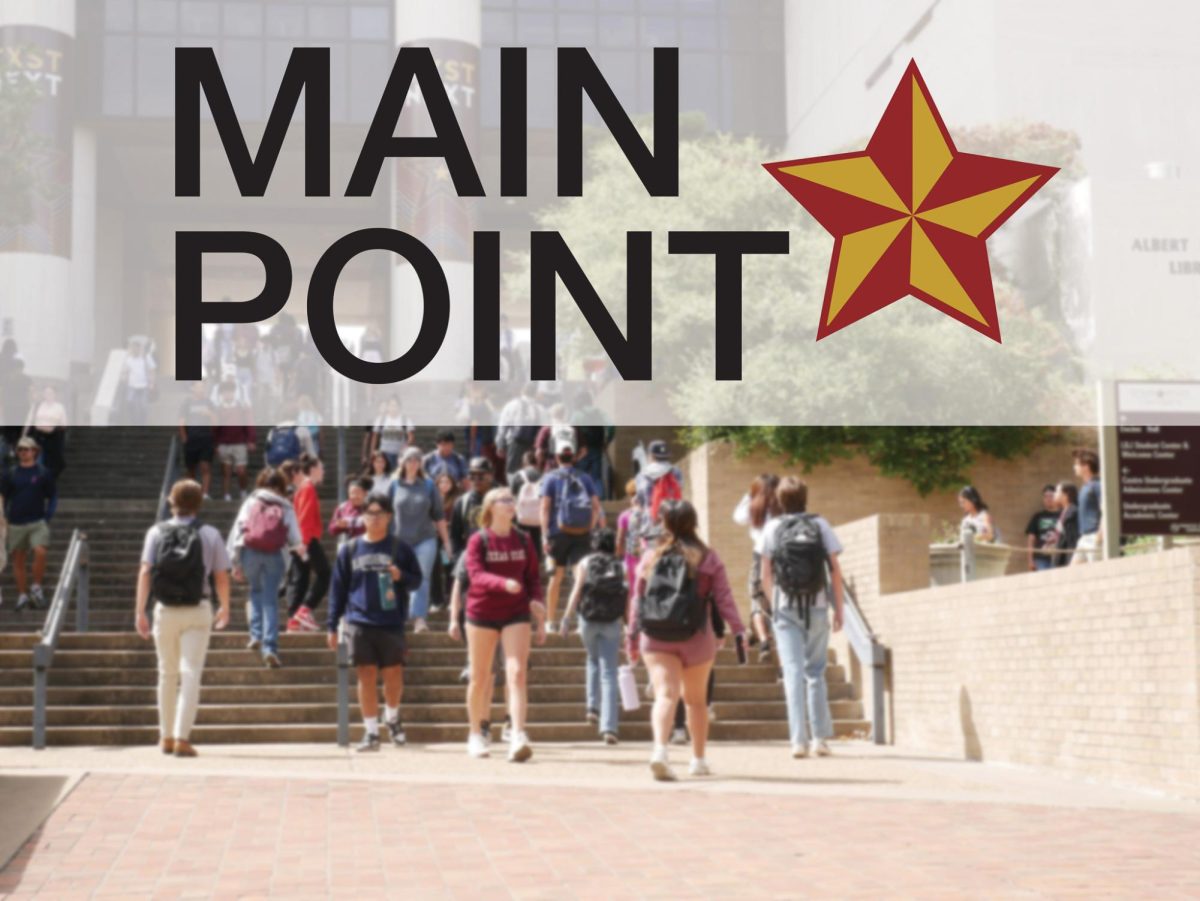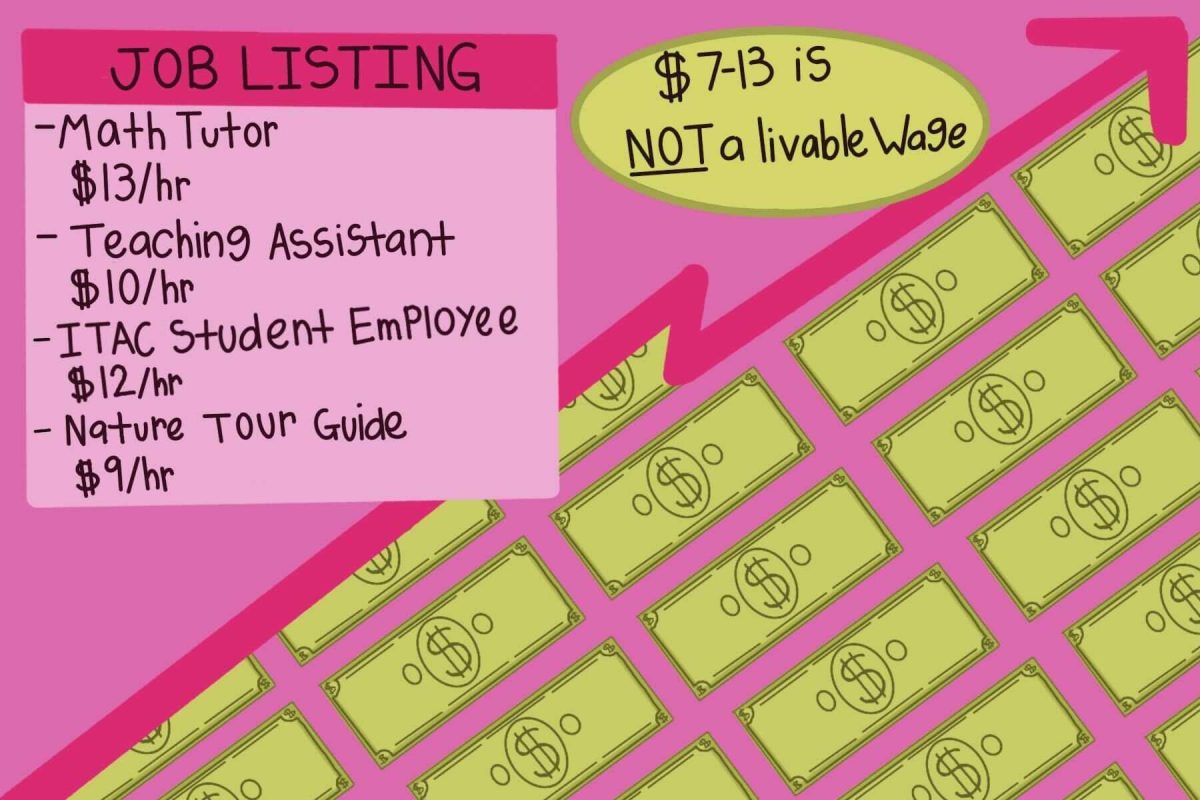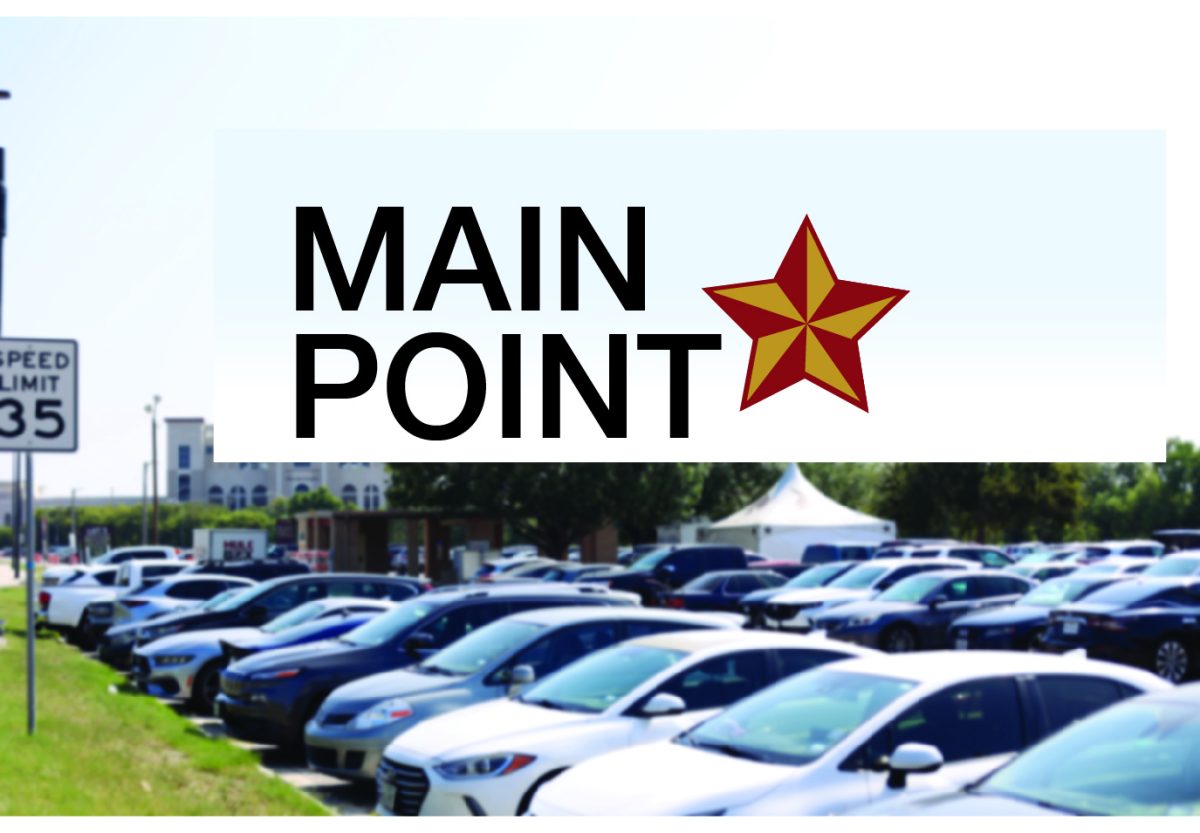The once natural and soothing trek up Alkek Library’s stairs will now lead one’s line of sight toward corporate sponsorship and marketing in an attempt to reach into students’ pockets.
The new Starbucks on the second floor of Alkek is a missed opportunity for the university to support the local economy, improve the campus experience and educate its students in the business world. Instead of supporting large corporations, Texas State should be supporting a student-led cooperative in partnership with local businesses.
Starbucks already holds a significant presence on campus. Texas State has a Starbucks in the LBJ Student Center, the Undergraduate Academic Center (UAC) and the McCoy College of Business Administration building.
The end of the latest quarter for the Starbucks Corporation included consolidated net global revenue of $4.2 billion. Looking at these figures, one can see how one more location in Alkek does not mean a lot to such a massive corporation. One more location to a local business owner, however, would mean the world.
A recent study by SmartAsset ranks San Marcos in the top 10 most economically vulnerable college towns during COVID-19, giving the impression that it mostly depends on college student income to stay afloat. When that stability was removed, the city became vulnerable. While Starbucks has continued to raise global revenues in the billions, the San Marcos economy is in a historically precarious position.
The university could have supported the local city economy through prioritizing the Alkek coffee shop contract to a local business instead of giving the real estate to a corporation with headquarters in Seattle, Washington.
As taught in the McCoy curriculum and said by Forbes, “business is built on good relationships.” With headquarters out of state and corporate offices not in the city, no one knows who is making final decisions in Alkek. It is impossible to cultivate a strong relationship with the student body when decisions are made in a conference room outside San Marcos.
Local businesses live on the same streets and breathe the same air as the students they cater to. Therefore, they can offer a better, more tailor-made customer experience while cultivating a positive relationship with the school’s administration.
The Starbucks experience is comparable to the clothing one buys at a department store that is cut to fit any consumer who walks in the door, while a local coffee shop can offer a “bespoke” experience made with a granular demographic in mind.
Also, a collaborative business environment supported by strong relationships leads to more opportunities for imagination and ingenuity. A healthy business relationship fosters the ability to pitch more wild and risky ideas.
One such idea would be a model in which students from the McCoy College of Business Administration, or any interested Bobcat, gain real-world experience by fulfilling roles within the coffee co-op structure’s management. Students could manage the business while receiving instruction and direction from local coffee business owners.
There have been successful examples of such a model in the past. One such example is Rad Dish Co-op from Temple University. A group of liberal arts students, the business school and an urban development program collaborated to create a business plan. This plan was detailed enough to include a response on how the co-op would handle student workers graduating. Their success could be the groundwork for similar programs elsewhere.
By eliminating Starbucks and partnering with local businesses, the student co-op could potentially fund projects and agendas the student-body finds important. This model would put the money from coffee sales back into the hands of students and the university instead of being used to line the pockets of Starbucks Corporation shareholders.
Starbucks should not profit from students when the students could gain the profits themselves.
Coffee is fundamental to an average college experience. One study from the University of New Hampshire highlights that coffee is the most popular caffeinated product purchased on its campus. However, Texas State students will have plenty of opportunities to get their five-dollar frappucinos at Starbucks once they graduate and enter the workforce.
During their college years, students should have the opportunity to learn the coffee industry’s ins and outs, cater to local coffee chains—instead of being treated as just another Starbucks customer—and know their coffee consumption is going to support the student body and their local economy.
The Starbucks in Alkek should be a unique experience led by students in partnership with local businesses instead of just another one of the 30,000 Starbucks locations.
– Roberto C.S. Kennard is a senior accounting major
The University Star welcomes Letters to the Editor from its readers. All submissions are reviewed and considered by the Editor-in-Chief and Opinion Editor for publication. Not all letters are guaranteed for publication.
Opinion: Texas State allowed Starbucks to steal educational opportunities
August 30, 2020
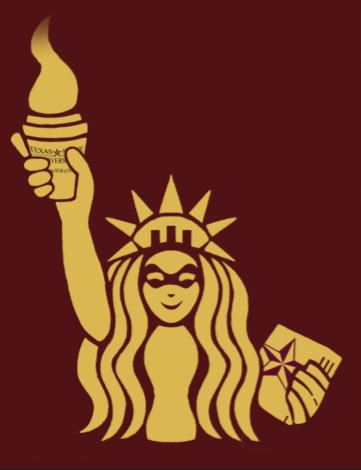
By Jordan Taylor
An illustration of a gold Starbucks logo as the Statue of Liberty raising a coffee cup in its right hand. The background is maroon.
0
Donate to The University Star
Your donation will support the student journalists of Texas State University. Your contribution will allow us to purchase equipment and cover our annual website hosting costs.
More to Discover





